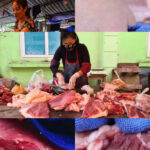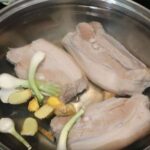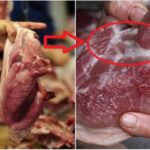In traditional markets across Vietnam, one of the most familiar sights is the pork vendor, with their fresh cuts of meat displayed on stone slabs or wooden shelves. An interesting detail often noticed is the use of cloth to cover the meat. But why do they do this? Read on for two perspectives that offer insight into the practice of using cloth for pork preservation.
Perspective 1: Fresh and Hygienic Meat Preservation
Ms. Linh, a pork vendor, shares her viewpoint on the practice of covering pork with cloth. She believes that it not only helps keep the meat fresh but also protects it from dirt and insects. “When pork is displayed in the open, it is susceptible to contamination from the air and external sources,” she explains. “The cloth acts as a barrier, preventing dust and insects from reaching the meat. Additionally, the cloth absorbs moisture, keeping the meat’s surface dry and thus inhibiting bacterial growth.”
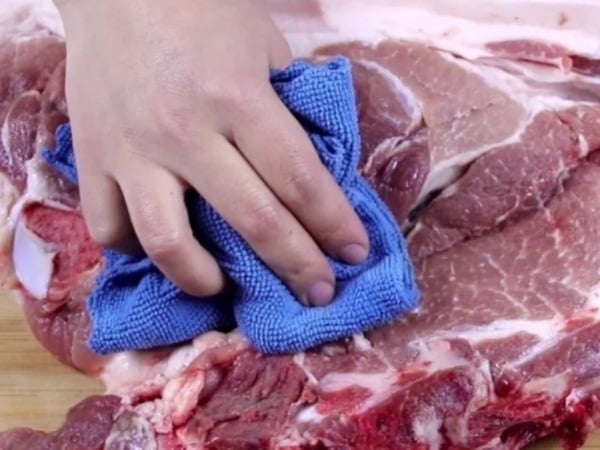
The cloth helps maintain moisture in the meat, enhancing its taste, elasticity, and freshness.
Furthermore, using cloth helps maintain the ideal temperature for the meat, prolonging its shelf life and improving its quality.
Perspective 2: Creating a Positive Customer Impression
Mr. Minh, another pork vendor, approaches the topic from a business perspective. He believes that the cloth serves not only a functional purpose but also plays a role in attracting customers. “A neat and tidy meat counter, with clean cloth covering the meat, gives a good impression to customers,” he says. “When customers see the meat covered with a clean cloth, they feel assured about the quality of the product.”
According to Mr. Minh, maintaining hygiene is not just a responsibility but also a way to build a personal brand in this business. Customers are more likely to return to vendors who take care of their products.
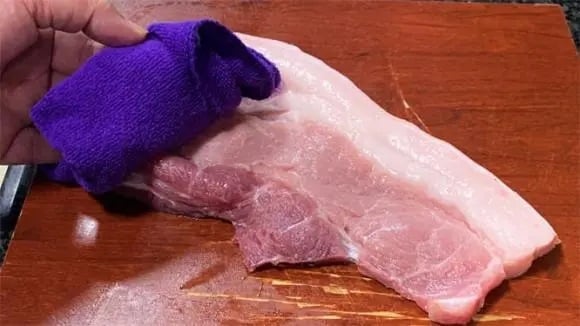
Moisture retention also makes the meat more appealing, aiding vendors in attracting customers.
What to Pay Attention to When Buying Pork:
– Observe the cloth: A careful vendor will keep the cloth clean and free from dirt and insects. If the cloth looks dirty, with mold or insects, it may indicate a lack of attention to hygiene, which could lead to meat contamination.
– Watch the vendor’s habits: Pay attention to whether they frequently wipe the meat with a wet cloth, especially after cutting. If the cloth is constantly wet, it could be a sign that the meat has been thawed or injected with water to increase its weight. This practice is not advisable as it affects the quality of the meat.

























